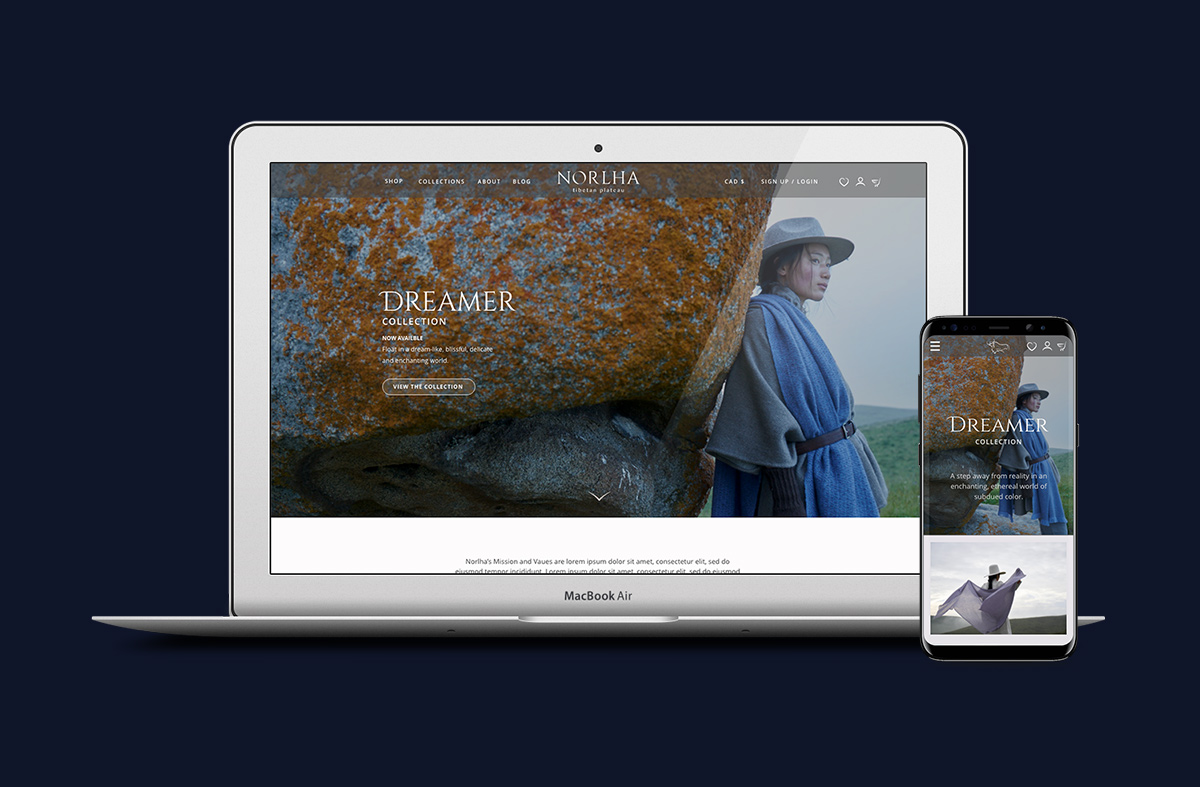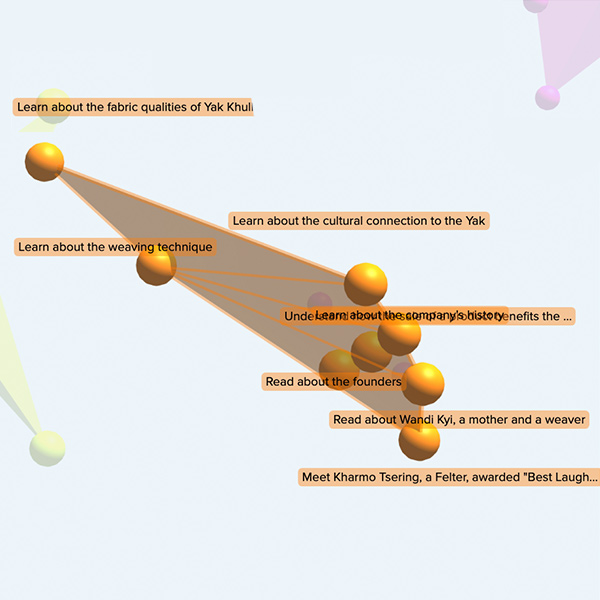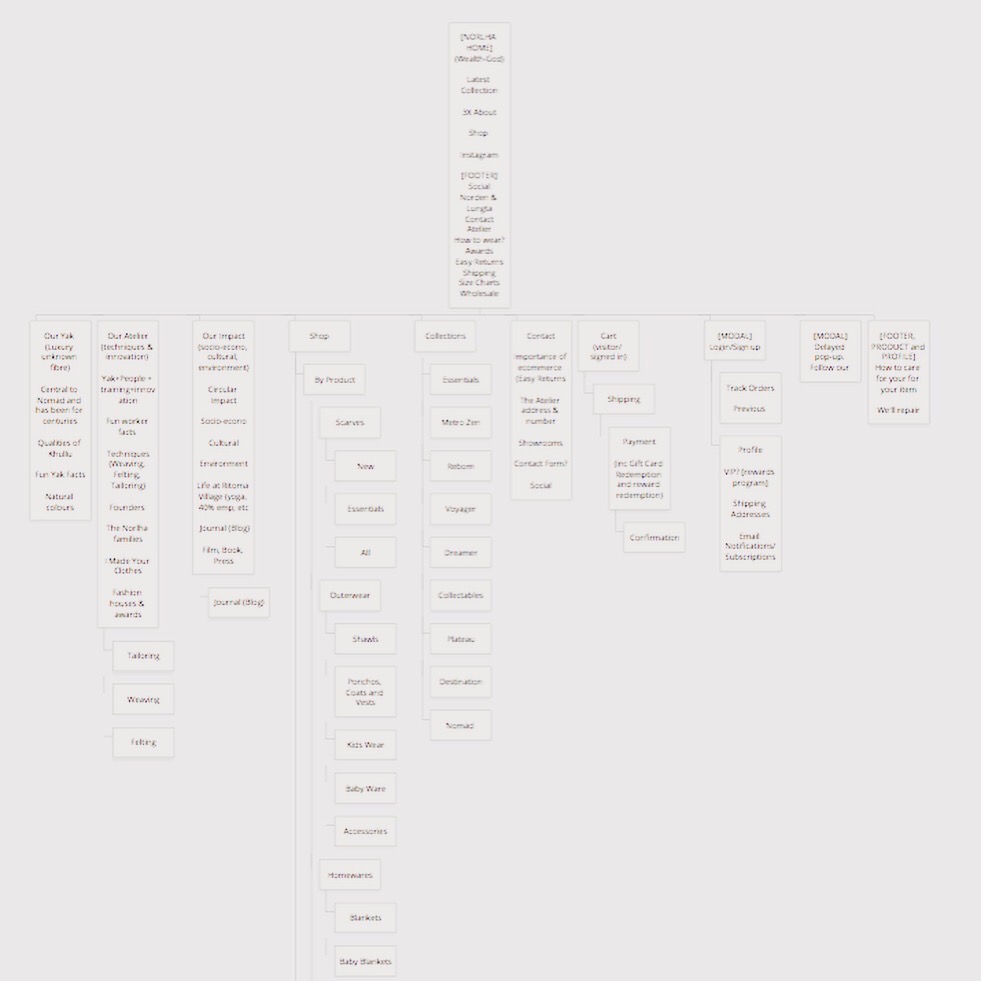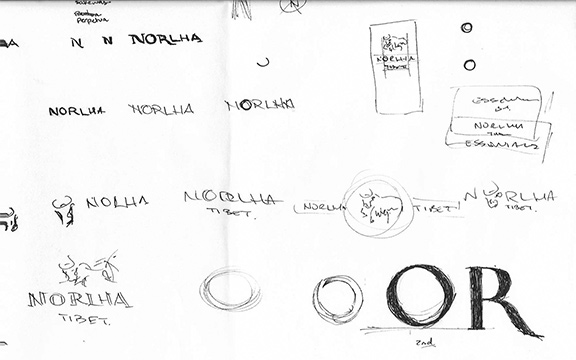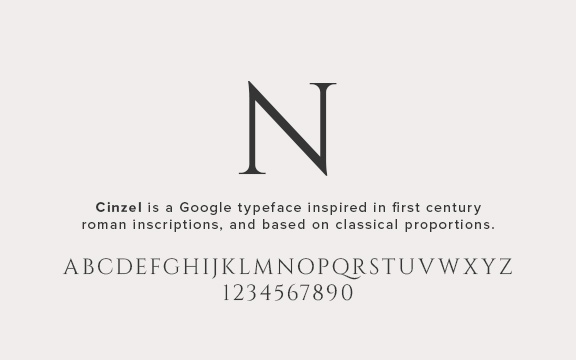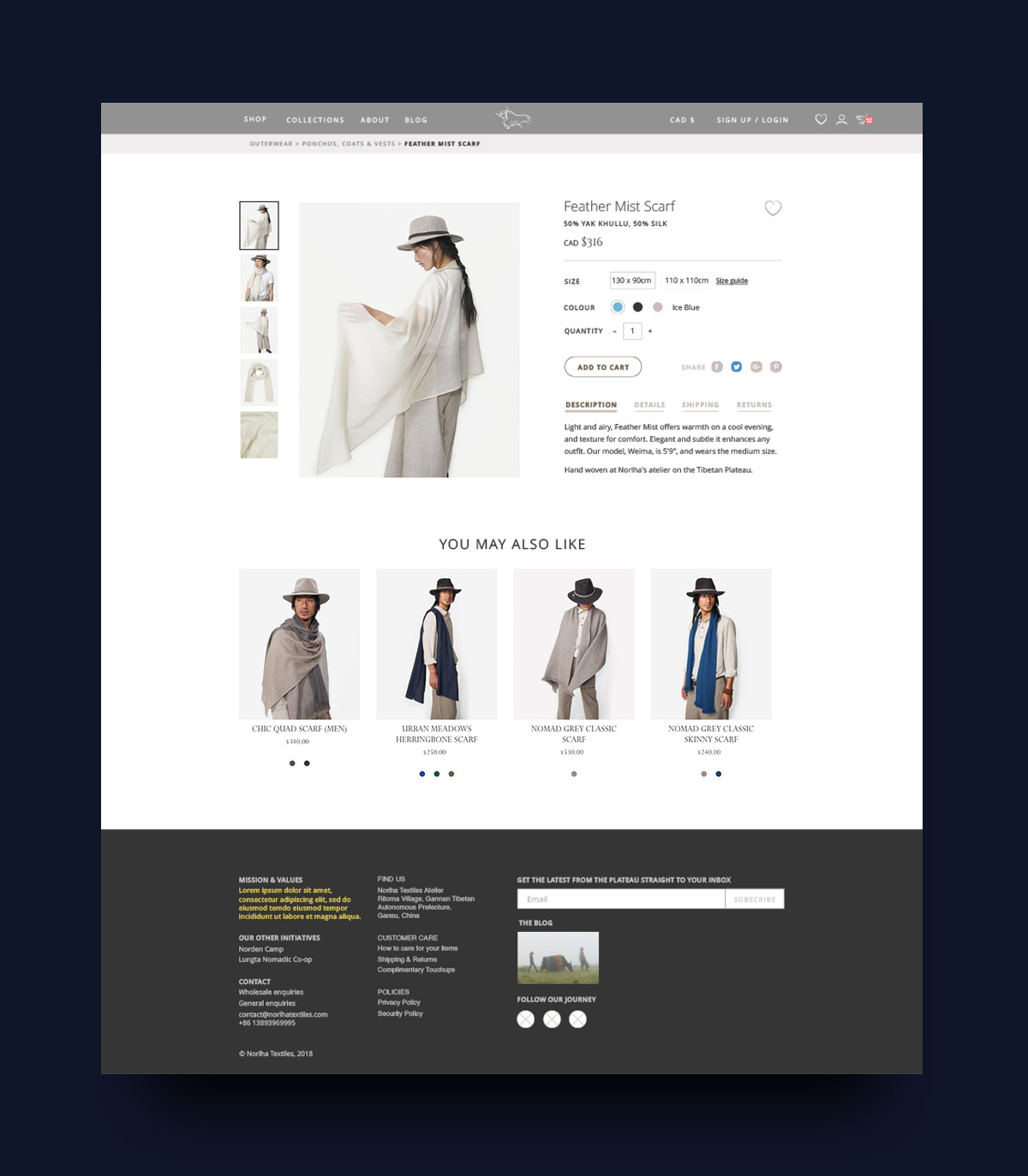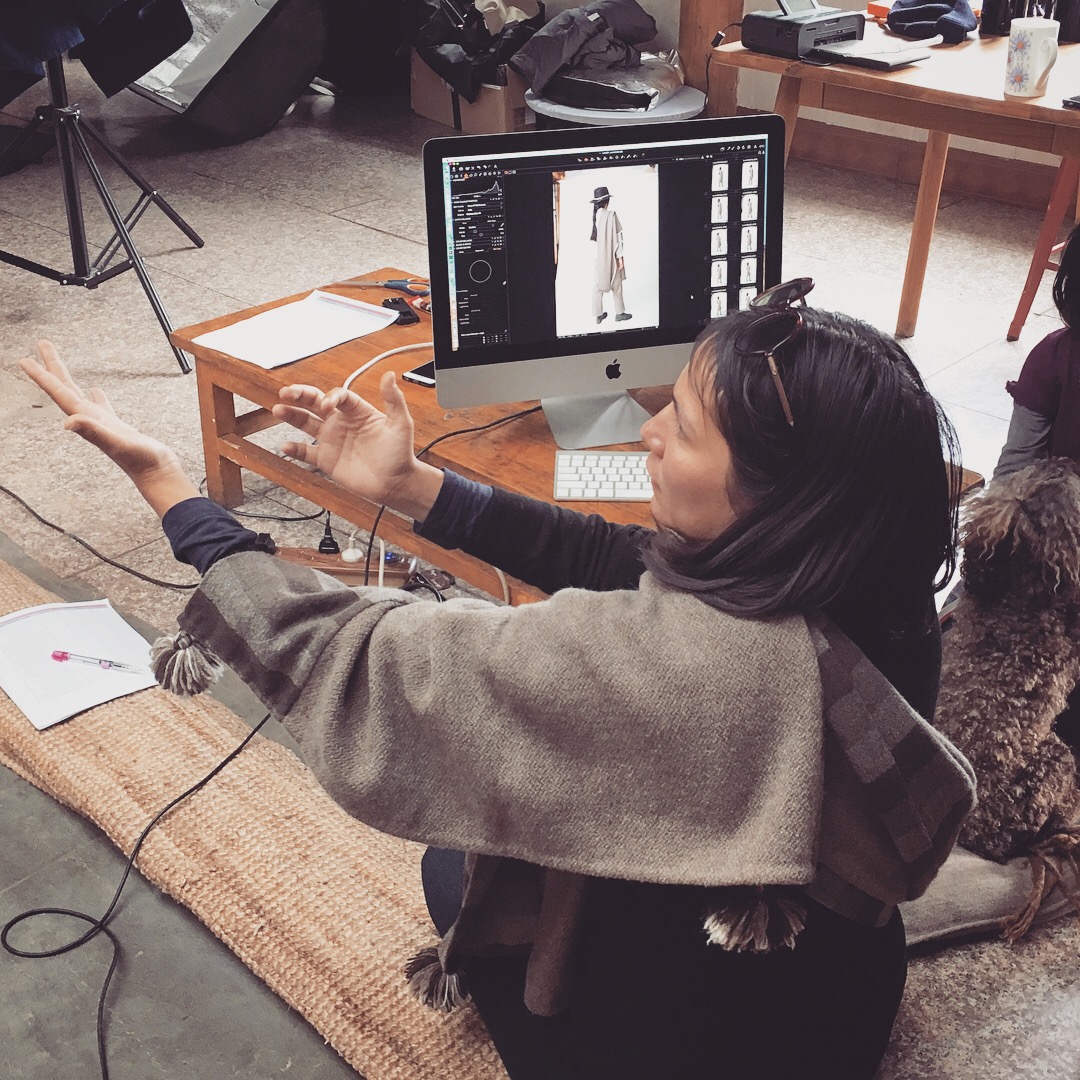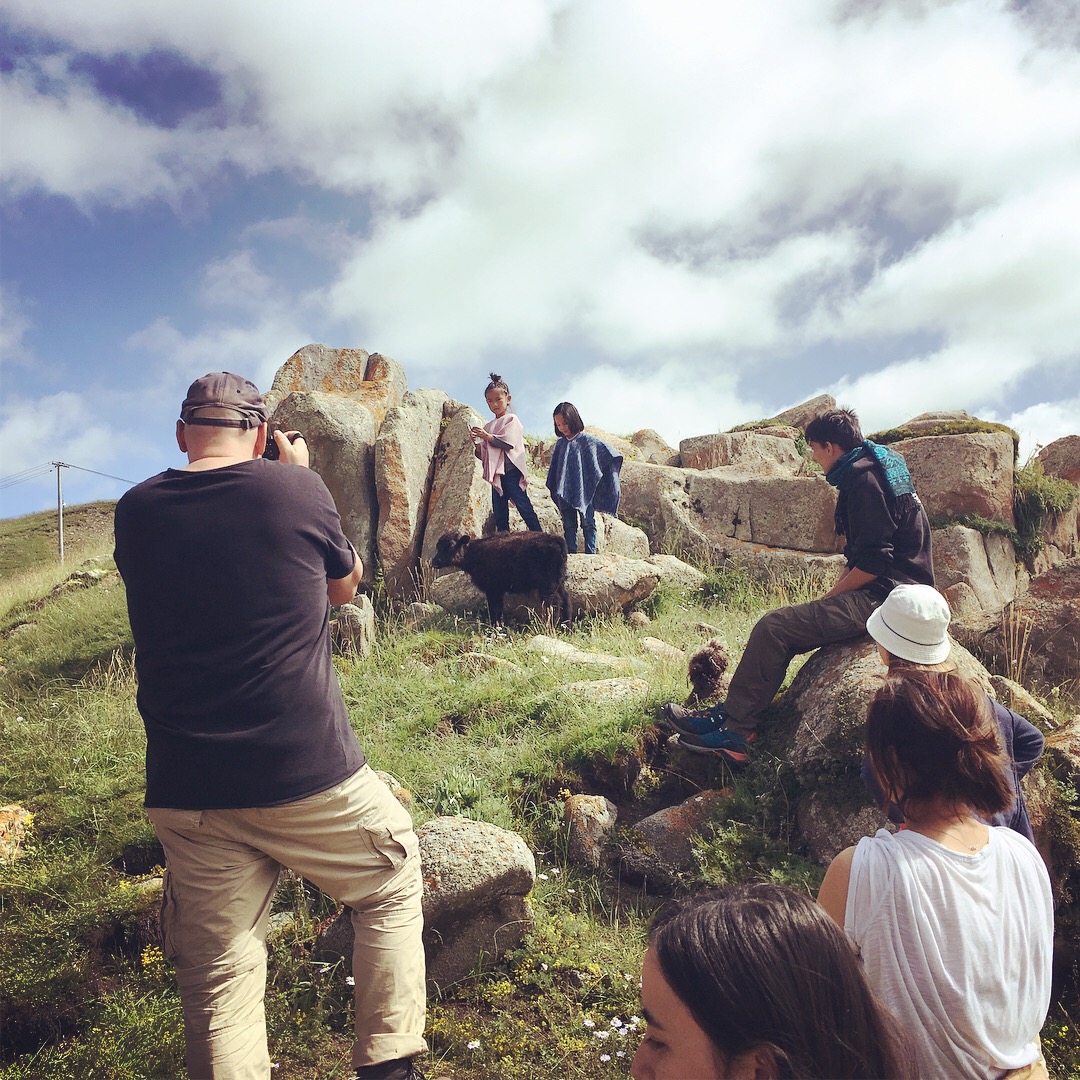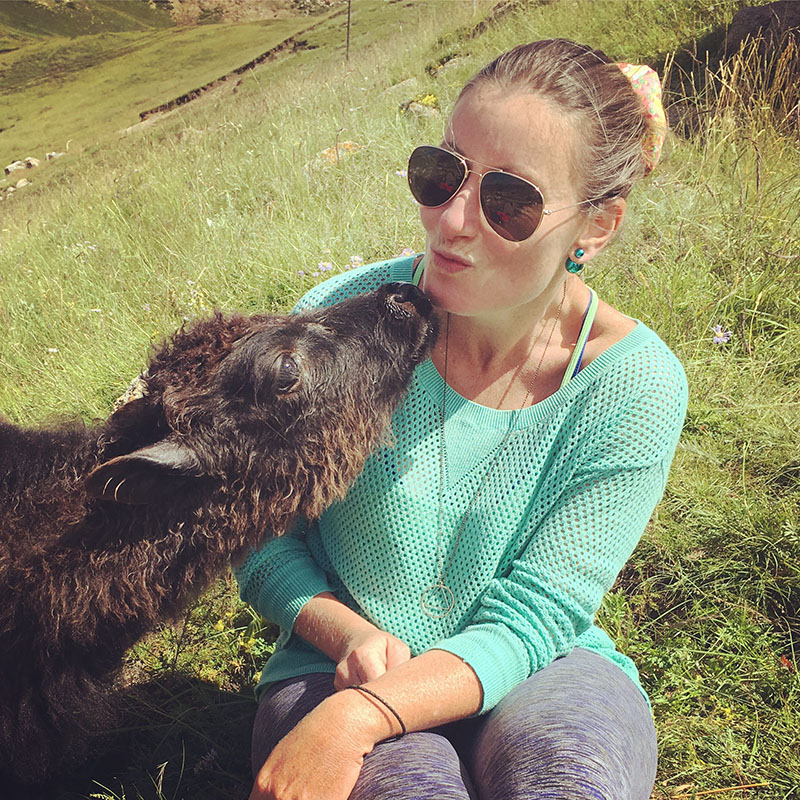Founded by the mother-and-daughter team of Kim and Dechen Yeshi, Norlha Textiles trains Tibetan nomads to spin yaks’ dense undercoats (khullu) into a soft, highly durable fiber, suitable for use in the brand’s collection of luxurious scarves, shawls, and blankets. Artisans learn Nepali and Indian spinning and weaving skills at the Norlha workshop in the Tibetan village of Ritoma—and through this income, reduce their reliance on traditional nomadic herding, which has previously led to the environmental problems associated with overgrazing.
Project Coordinator: Willard Johnson
eCommerce Assistant: Wandi Tso
Content & Social Media: Kim Yeshi
Volunteer Design & UX Lead: Samantha Whissell
Volunteer Developers: Melissa Johnson, Chris Dunder
Volunteer Fashion Marketing Director: Nicole Hardt
Volunteer Photography: Axl Jansen, Lambum
Volunteer Videography: Steve Pierce
Challenge
- an expensive product
- online
- from a new brand
- in a far away place
- without being able to touch or feel it.
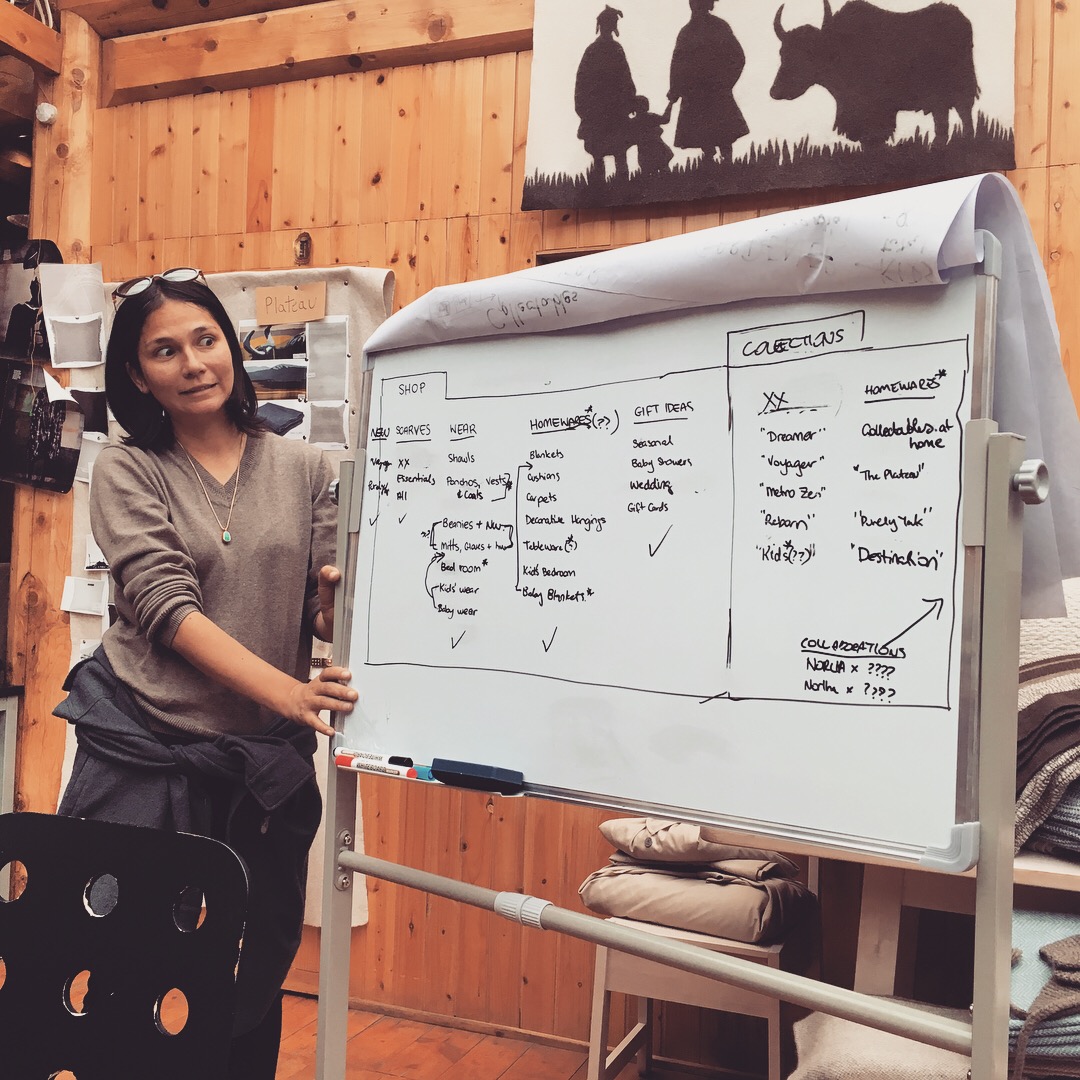
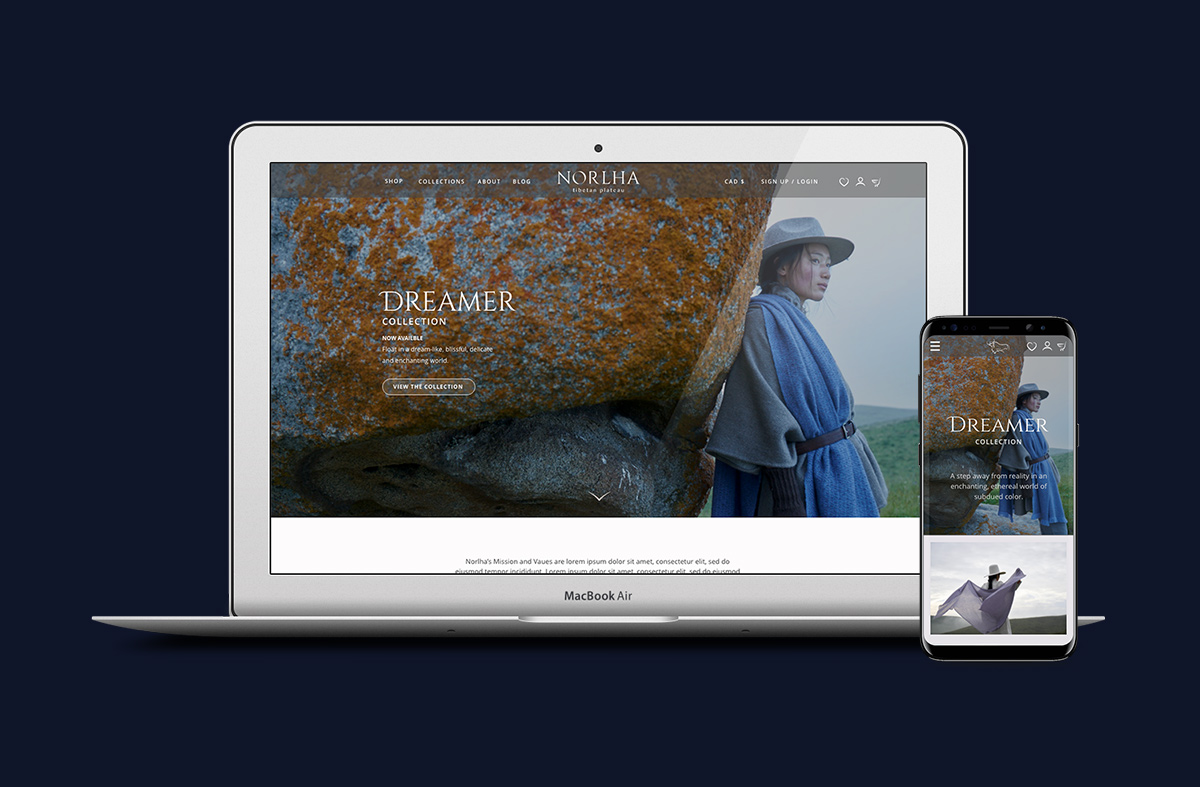
Research
- Who is Norlha’s competition, and why?
- What features in an eCommerce shopping experience does their target look for?
- What fears does the target have when shopping high quality products online?
- What lingo and user flows bear the least resistance?
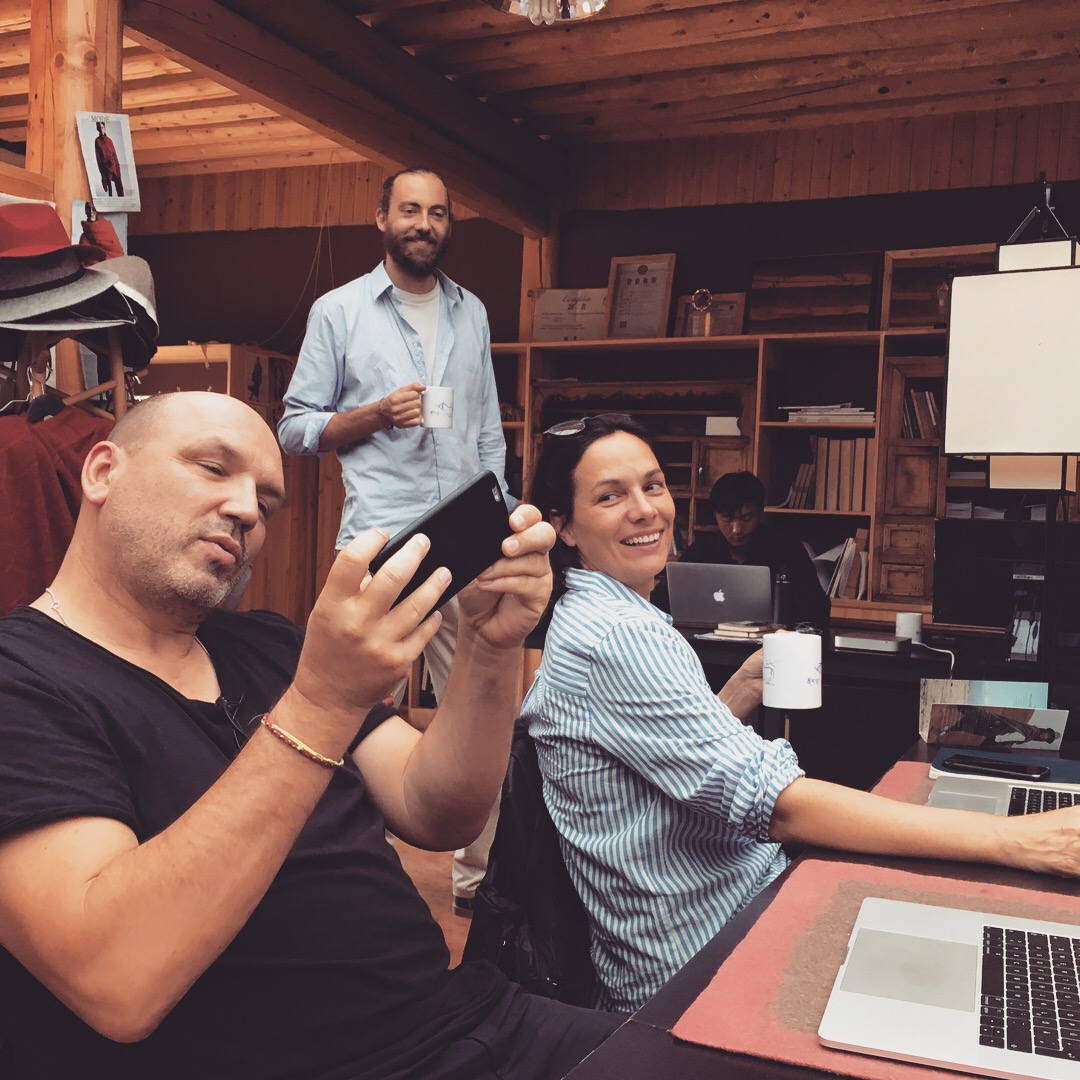
Direct Interview Insights
Interviews with 6 mature women revealed the brand was inconsistent, rough and unrelated to the product. The scarves were presumed to be itchy and uncomfortable based on the design of the logo. The company and its staff seemed mysterious and untrustworthy as there was no credible link to the location of the Atelier, or the people that produced the scarves. The models showcasing the products were caucasian and reinforced the distrust of the product and its intentions.
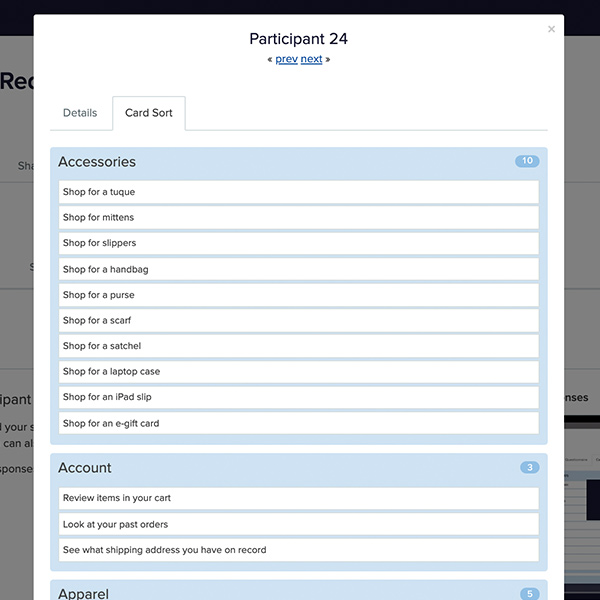
Card Sort Insights
A 50-card test was issued to 26 female participants. Consistent results guided us toward language that was more easily understood by the target audience, like “Collection”, “Outerwear”, “Homewares” and “Accessories”. This insight also helped us break down the wide variety of “About” content into three main categories: the Yak, the Atelier and the Impact.
Optimal Workshop
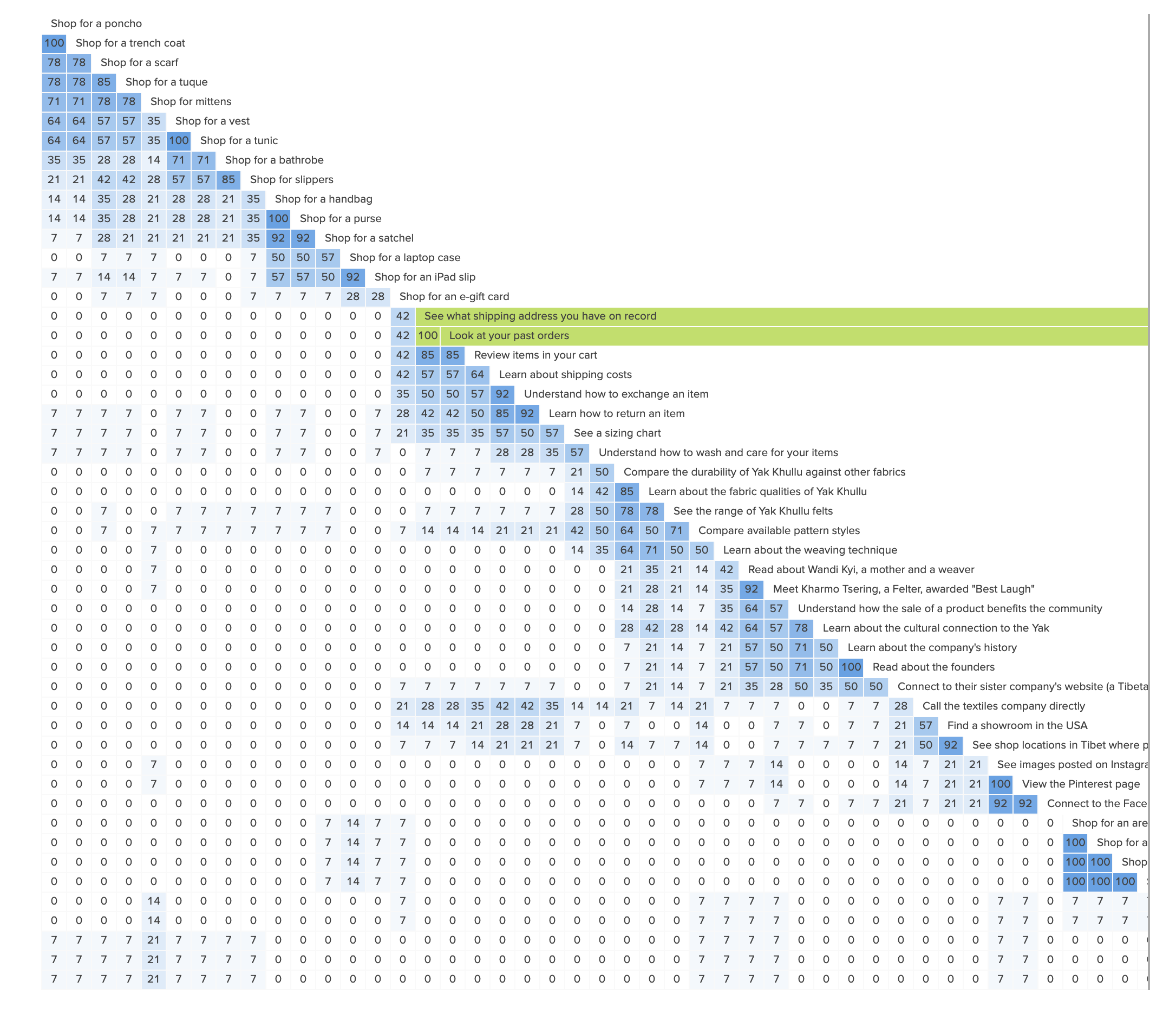
Tree Test Insights
Once we had a solid sitemap and wireframe, it was time to test. Of the 12 participants, most made it through the 10 questions smoothly, indicating we had a solid structure to move into UI & Dev. One question, “find the sizing chart”, had mixed results, so we added it to the footer as well as the product page.
Maze
Implementation
- Rewrite About sections of Norlha to delineate between Our Yak, Our Atelier and Our Environment, further reinforcing the circular economy.
- Put emphasis on the people of Ritoma Village and its location to build trust and personality in the brand.
Branding:
- Create a new identity for Norlha that resembles high quality product, a nod to the yak its create from, and steeped in tradition.
- Create a design system that is clean and compatible with the new brand, and nimble for the web.
- Reshoot every product with local models.
- Shoot close-ups of products that accentuate the texture and delicacy.
- Establish photographic rules for consistent product views on the website.
- Curate products into Collections for release every few weeks.
- User Interface:
Create a clean UI that is informative, showcases the product in as much detail as possible to overcome any barriers related to purchasing high-priced products online. - Ensure content is accessible.
Development:
- Build custom code, ensuring only what was necessary was built.
- Build mobile-only content and designs for more efficient device experiences.
- Use optimised images at the sizes required.
Results
